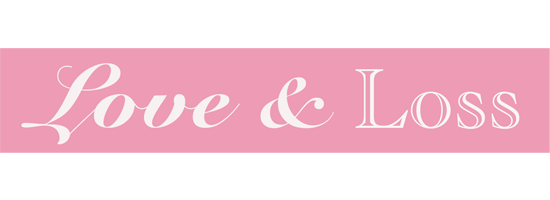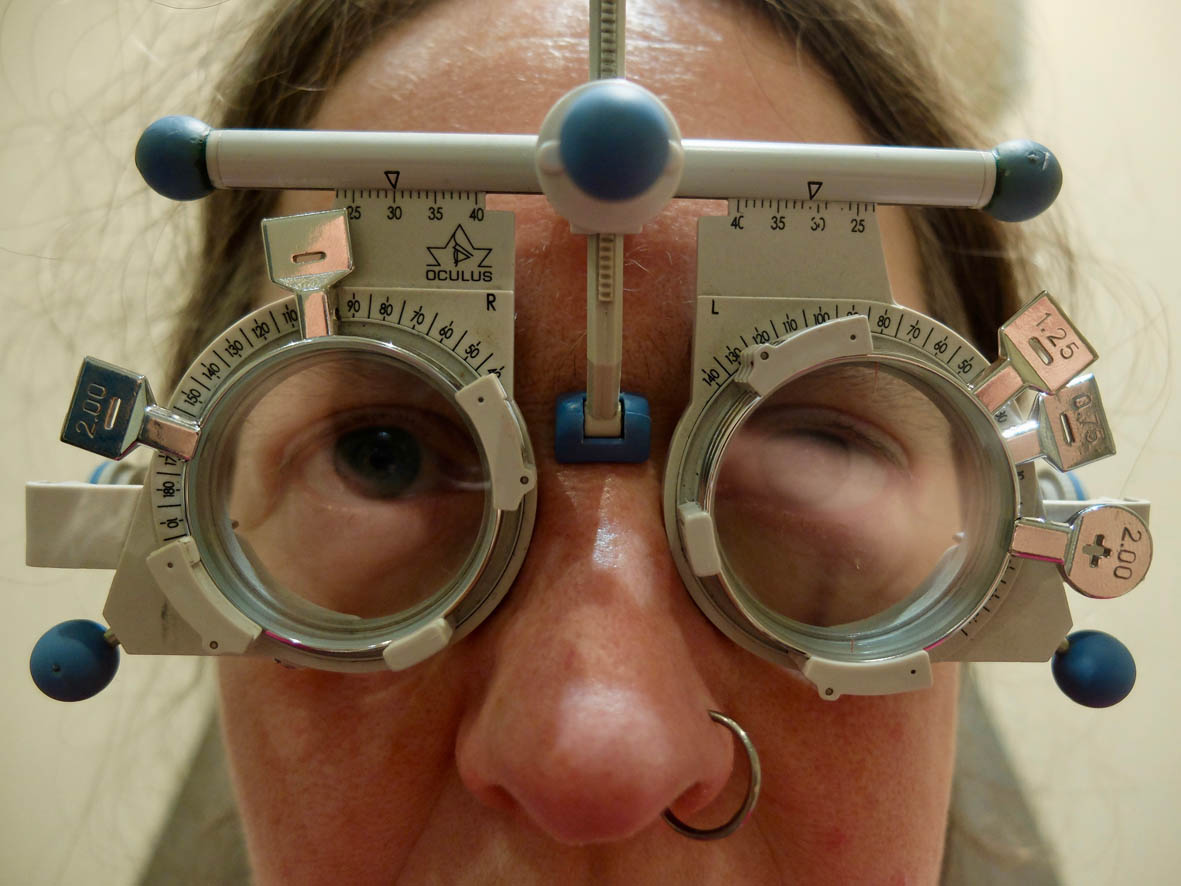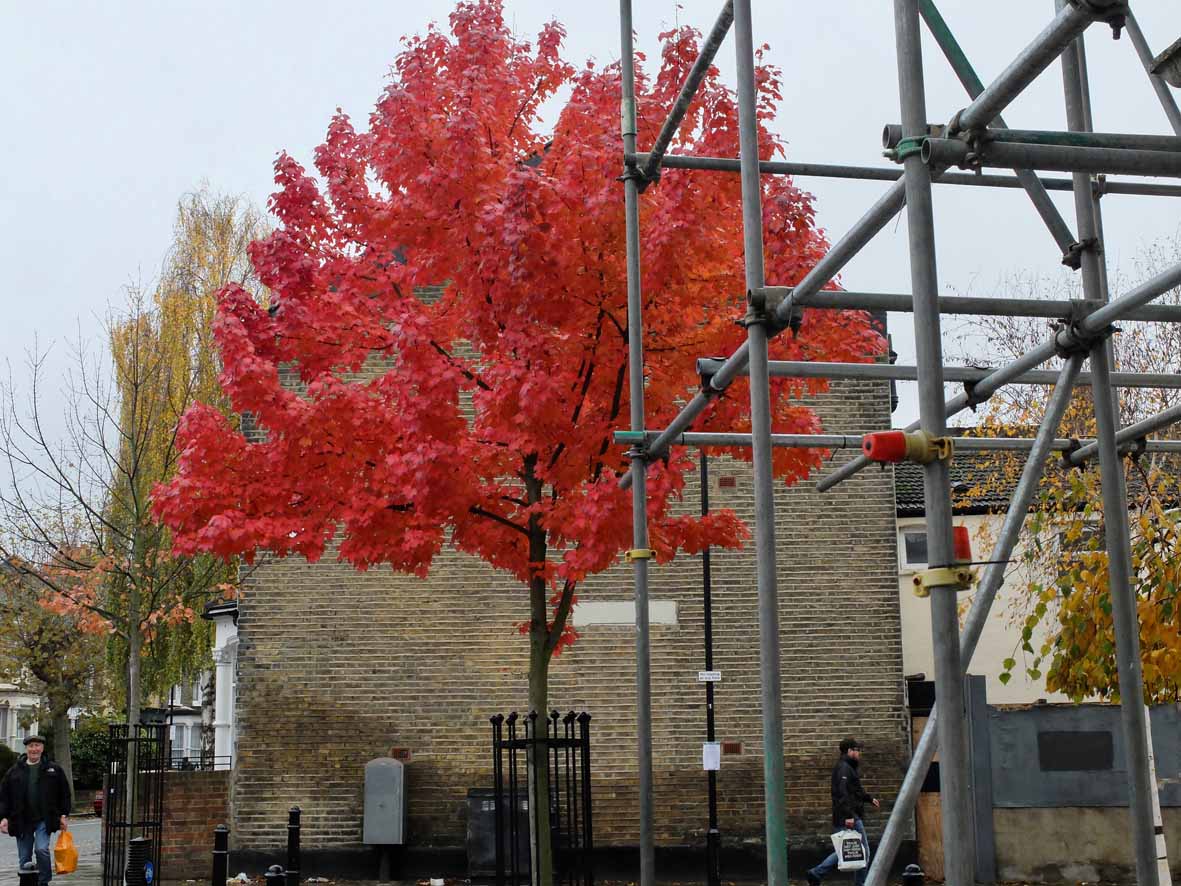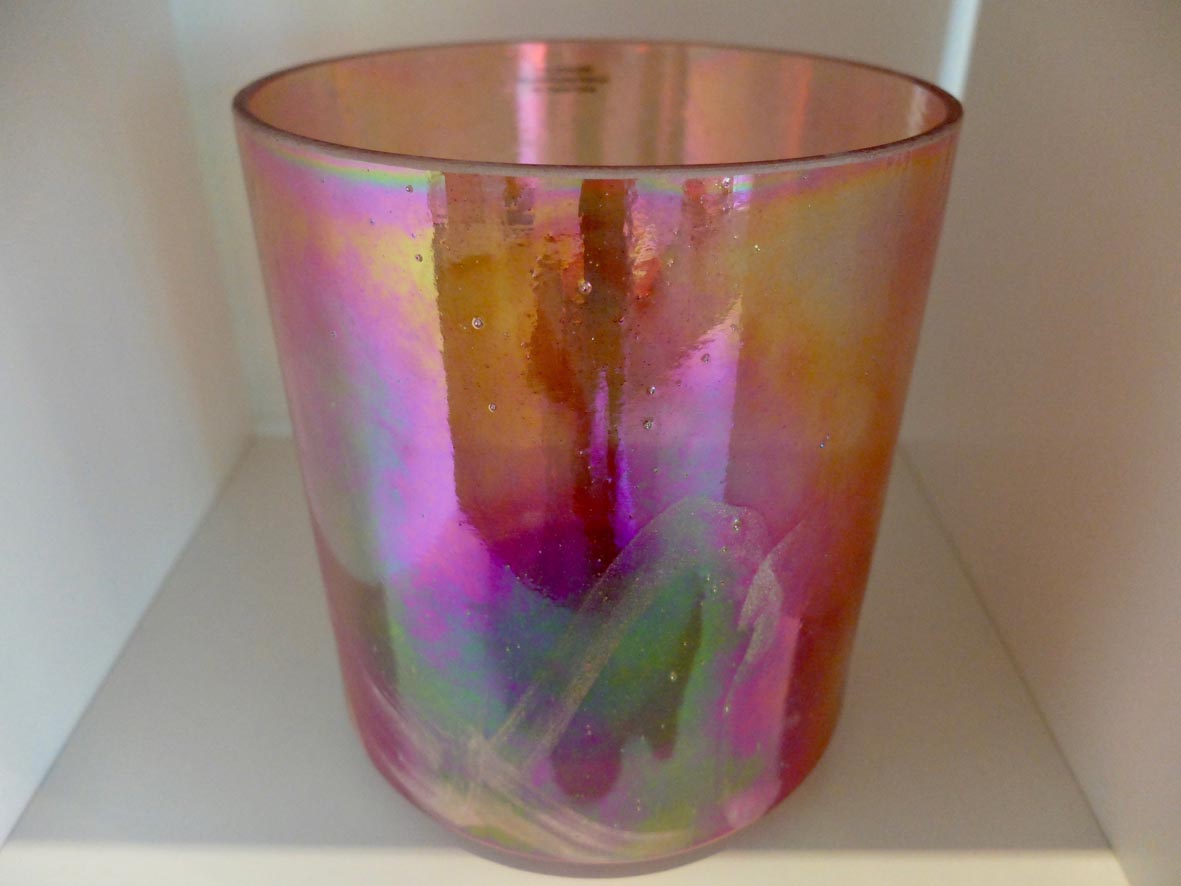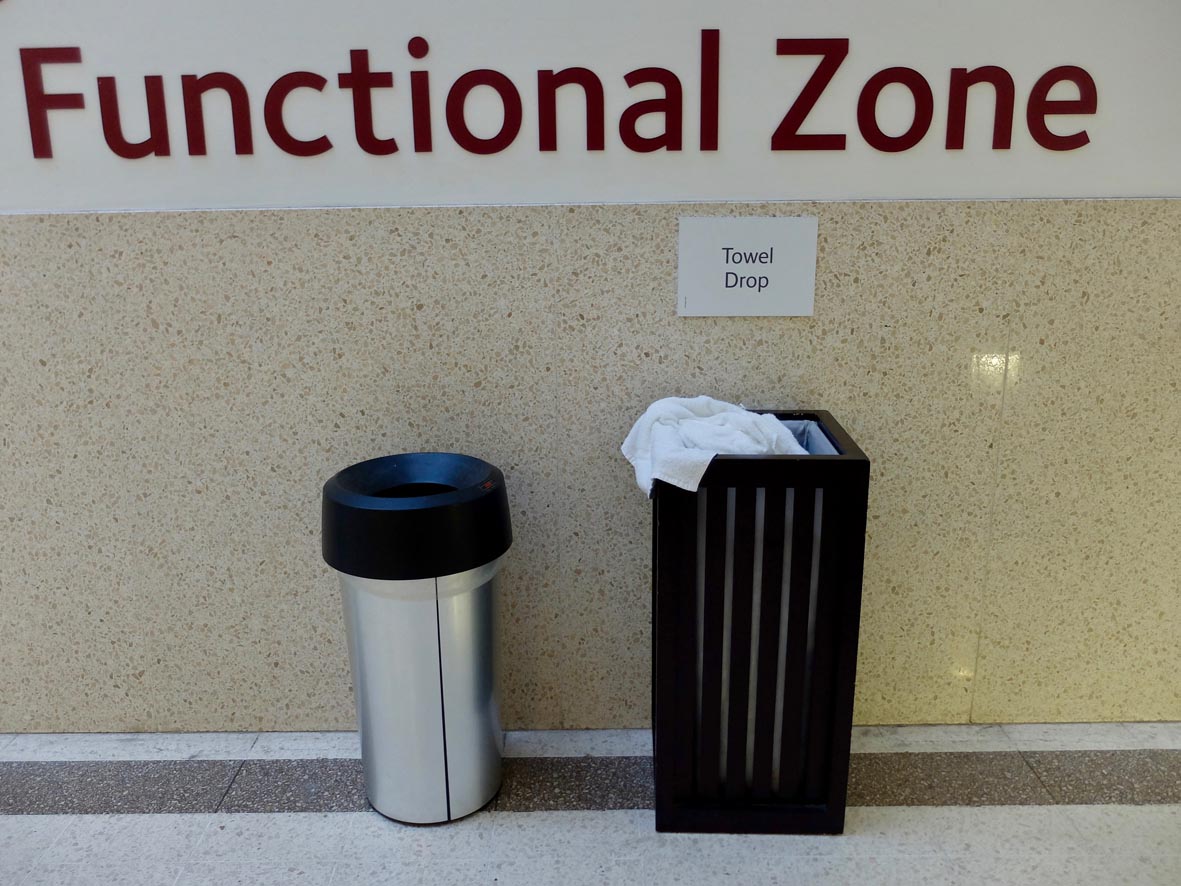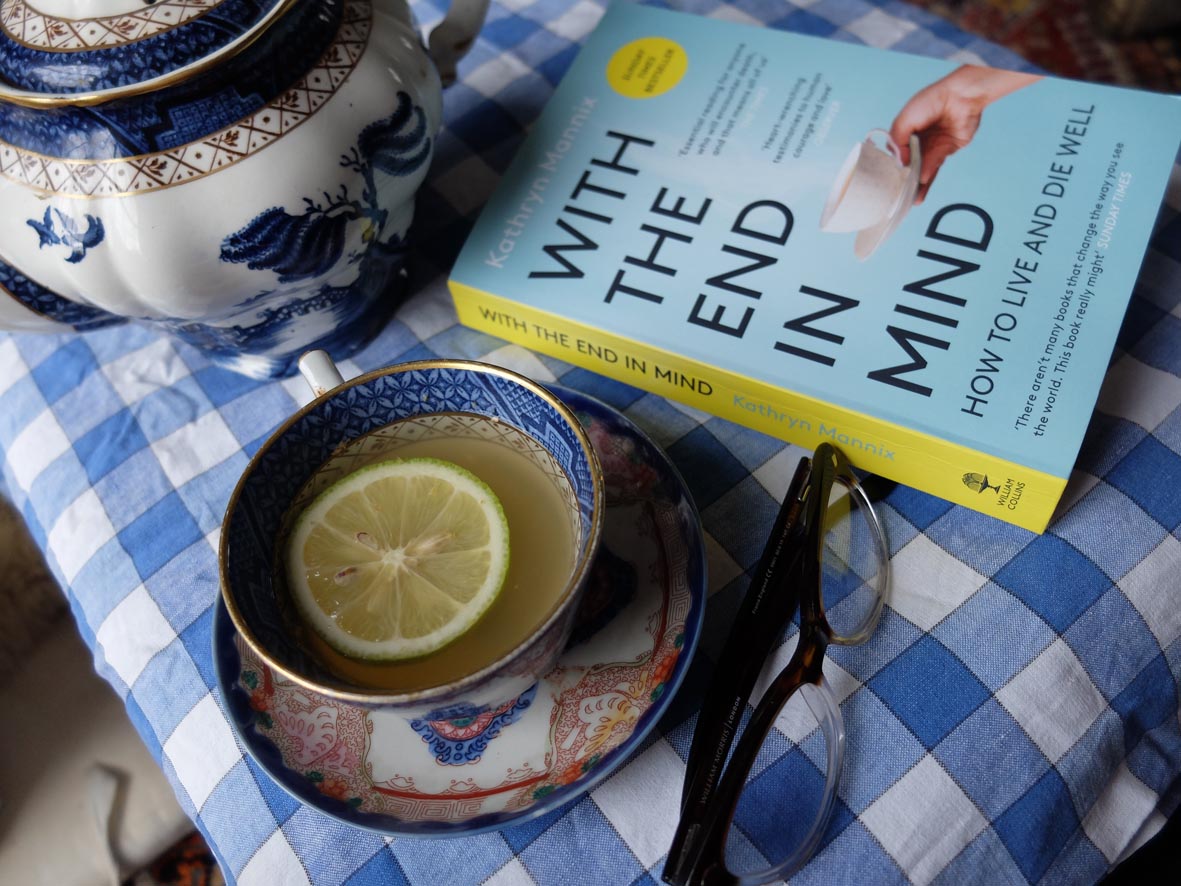02 Dec Magpie Feather
 When I feed the crows, a magpie sometimes comes to grab a seed or two. This magpie has pluck to stealth dive the feeding ground of a murder of crows. Crow and magpie are different species, but share the genus corvidae. Perhaps this is why the crows turn a blind beady eye. Magpie is an opportunist. I hear cackling as magpies throw their weight around in the garden pecking order. Bullying apart, I enjoy magpie’s brash attitude. I recognise the magpie in myself – eager for the shiny, gathering resources. I pluck my spiritual teachings from diverse traditions. I experiment with practices from different sources, use what works for me. My shrines are scattered with small things made, found, bought, given or inherited that inspire me. An image of Mother Meera sits under a Buddhist prayer box. The breasted woman made of shells I made as a child, gave to my mother then inherited back is there with a small stone from Mount Kailash. Feathers found, connect to significant shamanic creatures. A one-eyed ‘Incredible’ found on the beach celebrates the ‘seer’ in me, playful plastic fox is a reminder too. There is a stone gilded with ‘love’ and affirmations to feather my nest with positive intentions.
When I feed the crows, a magpie sometimes comes to grab a seed or two. This magpie has pluck to stealth dive the feeding ground of a murder of crows. Crow and magpie are different species, but share the genus corvidae. Perhaps this is why the crows turn a blind beady eye. Magpie is an opportunist. I hear cackling as magpies throw their weight around in the garden pecking order. Bullying apart, I enjoy magpie’s brash attitude. I recognise the magpie in myself – eager for the shiny, gathering resources. I pluck my spiritual teachings from diverse traditions. I experiment with practices from different sources, use what works for me. My shrines are scattered with small things made, found, bought, given or inherited that inspire me. An image of Mother Meera sits under a Buddhist prayer box. The breasted woman made of shells I made as a child, gave to my mother then inherited back is there with a small stone from Mount Kailash. Feathers found, connect to significant shamanic creatures. A one-eyed ‘Incredible’ found on the beach celebrates the ‘seer’ in me, playful plastic fox is a reminder too. There is a stone gilded with ‘love’ and affirmations to feather my nest with positive intentions.
